Anyone who knows magnets a little knows that, compared with ferrite magnets, bonded NdFeB magnet has high remanence, high coercivity, high energy product, high performance and price ratio. It is easy to process various sizes and minimum specifications. Its own volume and weight and the volume and weight of the motor made of it are all reduced by 5-10 times. Therefore, the more expensive prices are gradually being accepted by people. Therefore, its usage is getting bigger and bigger, and its uses are getting wider and wider.
Ⅰ. Corrosion resistance of bonded NdFeB magnet
Bonded NdFeB magnet has poor anti-corrosion performance. The Nd and Fe in the magnet are chemically active and easy to be oxidized. Micro currents are formed on the surface of the magnet in a humid environment, which increases the corrosion rate. Corrosion will cause different degrees of deformation and even deformation of the magnet. Chalking, which leads to a decrease in magnetic properties and affects the normal operation of the device, so solving the corrosion resistance of NdFeB magnets is one of the key problems affecting its application. At present, surface electrophoresis is usually used to improve its corrosion resistance.
Ⅱ. Moisture-proof and oxidation-resistant methods for bonded NdFeB magnet
There are generally several methods for bonded NdFeB magnet to prevent moisture and oxidation.
1. Electrophoresis
This method is generally used for sintering NdFeB, and some bonded NdFeB magnets are also used, but there are many disadvantages. Because the adhesive is generally an insulating material, at the same time, many capillary channels are formed due to the volatilization of the solvent in the adhesive manufacturing. Therefore, holes and adhesives cannot form a conductive loop, and metal materials cannot be plated in these places. Therefore, water can still penetrate into the interior, oxidizing the neodymium iron boron, and reducing the magnetic properties.
2. Spraying method
Generally apply some organic resin, silicone grease or some insulating and moisture-proof materials. Because the coating material needs a solvent to be coated, the solvent must be volatilized, leaving many pores in the coating layer. Some coating materials themselves are hydrophilic, and water penetrates in over the years, causing the bonded neodymium iron boron magnet to be damp and oxidized, and its performance decreases.
3. Nanotechnology law
There are the characteristics of this method as follow.
(1) High density, almost no capillary channels exist in the product, and it can make the material hydrophobic. Therefore, it is an ideal moisture-proof and anti-oxidation method.
(2) Without changing the shape and size of the product, the surface of the bonded NdFeB magnet processed by spraying method and electrophoresis has a certain thickness. The increased thickness can be measured by mechanical measurement method, such as micrometer, while nanometer technical method can not measure the increased thickness of NdFeB products.
(3) The processed products have high reliability and long service life. As we all know, the products processed by spraying method and electrophoresis method may cause skin peeling if they are used for a long time. If the product is exposed to the air, it is likely to cause the product to be scrapped. The nanotechnology method does not have this problem.
The production and application development of bonded neodymium iron boron magnet permanent magnet materials are relatively late, and the application range is not wide and the amount is small. It is mainly used in many fields, including office automation equipment, electronic machinery, audio-visual equipment, instrumentation, small motors and measuring machinery, mobile phones, CD-ROM and DVD-ROM drive motor, hard disk spindle motor HDD, other micro DC motors and automation instrumentation.

Other Functional Composite Materials In addition to bonded magnetic compounds, we can also cooperate with customers to develop customized functional composite materials, such as high-density compounds and metal bonded plastic. We are committed to providing customers with new user experience and different design inspiration.
 CN
CN

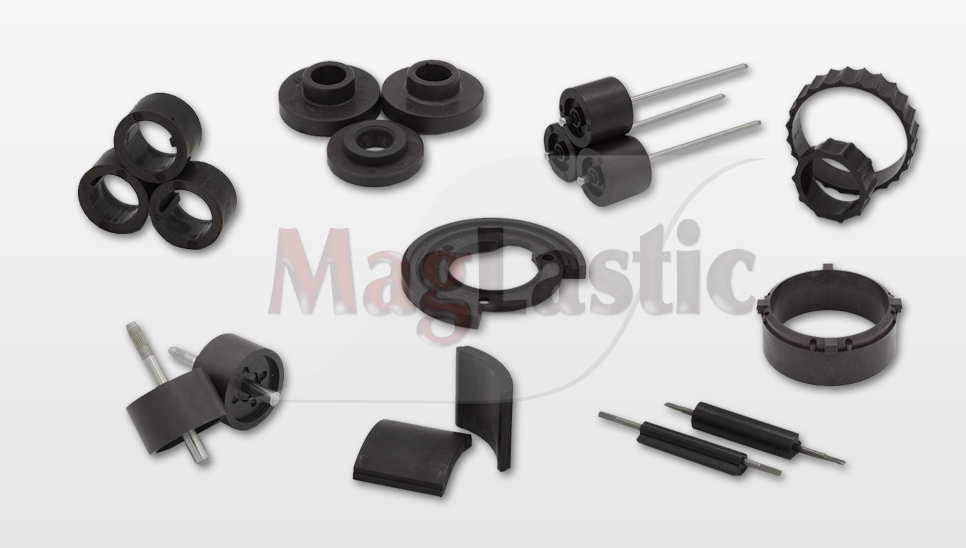
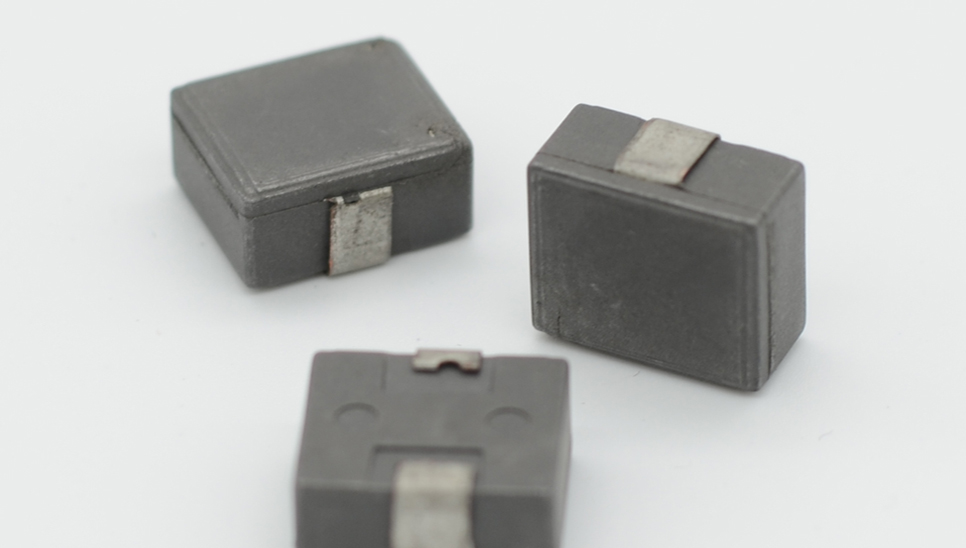
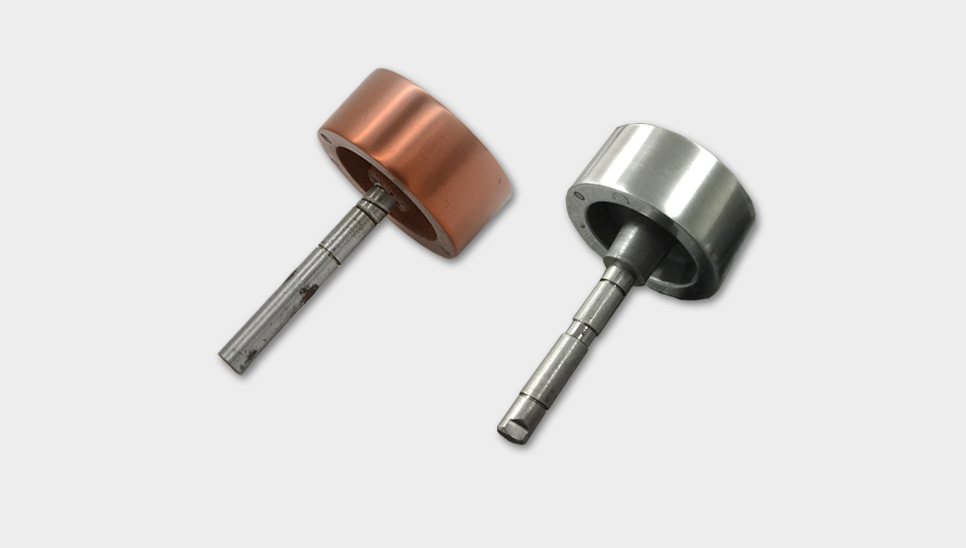
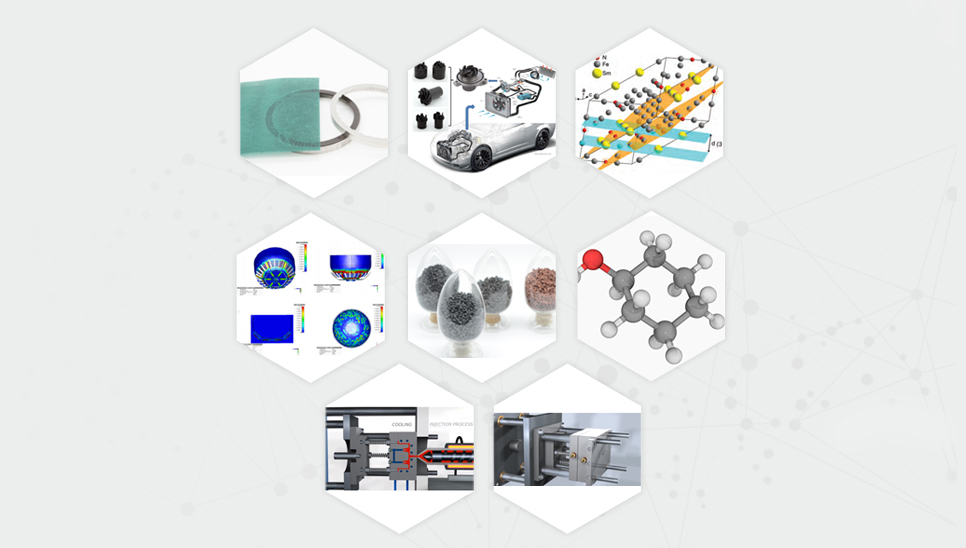

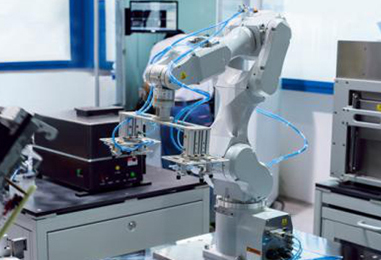
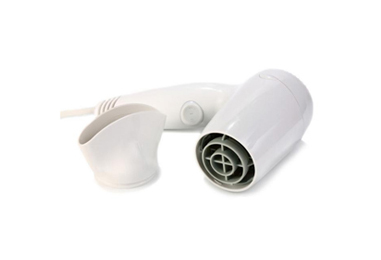

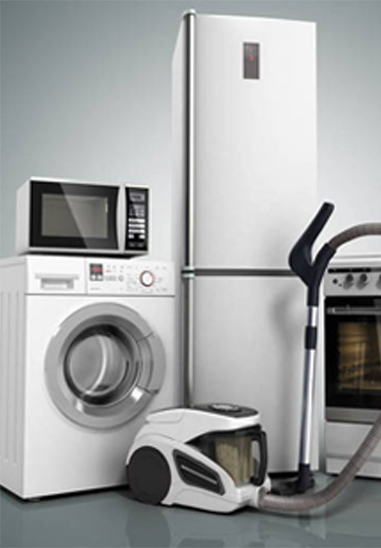

 Call us on:
Call us on:  Email Us:
Email Us:  1F, Building 3, NO.77 Gaoxin 13 road, Xiaoshan district, Hangzhou
1F, Building 3, NO.77 Gaoxin 13 road, Xiaoshan district, Hangzhou